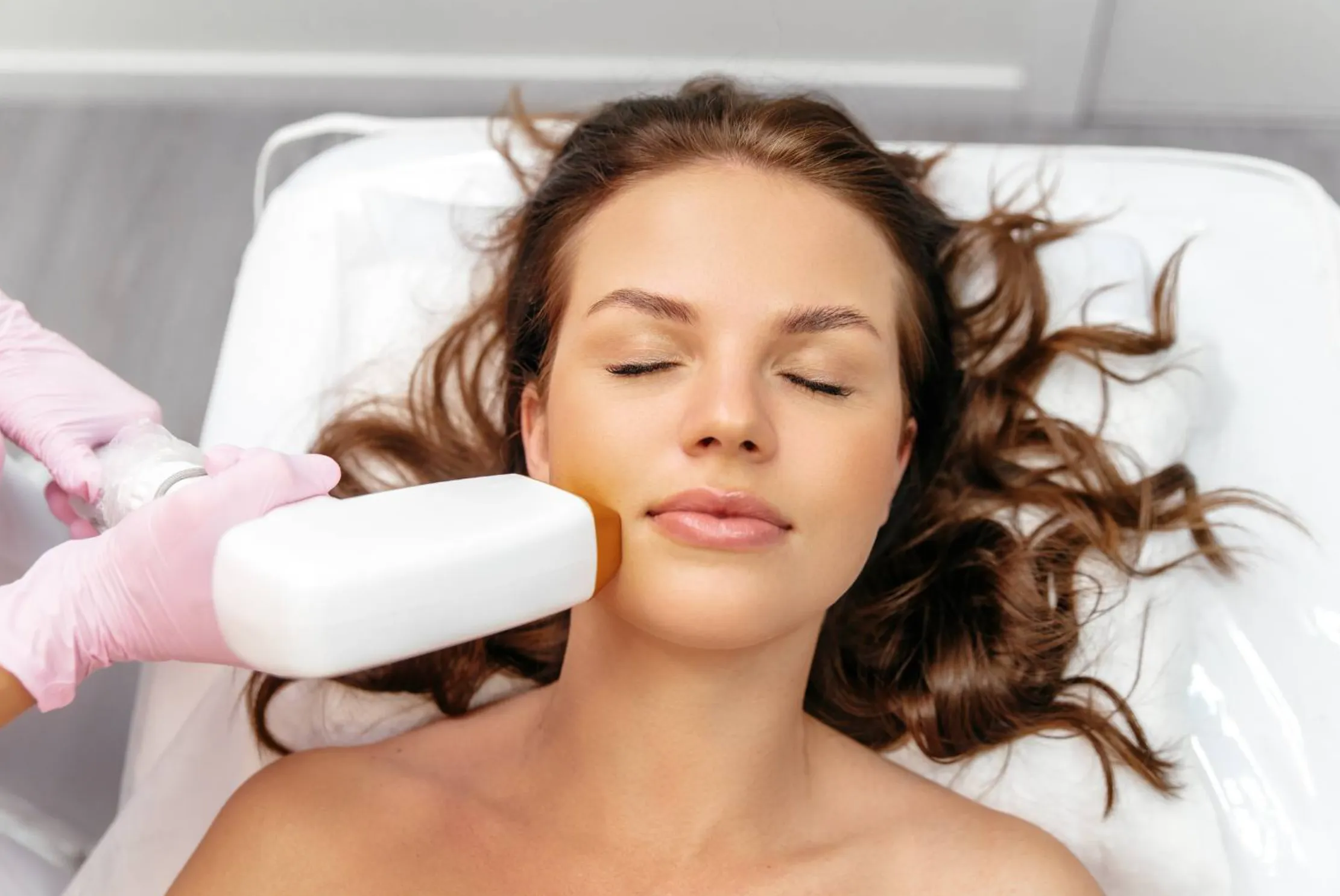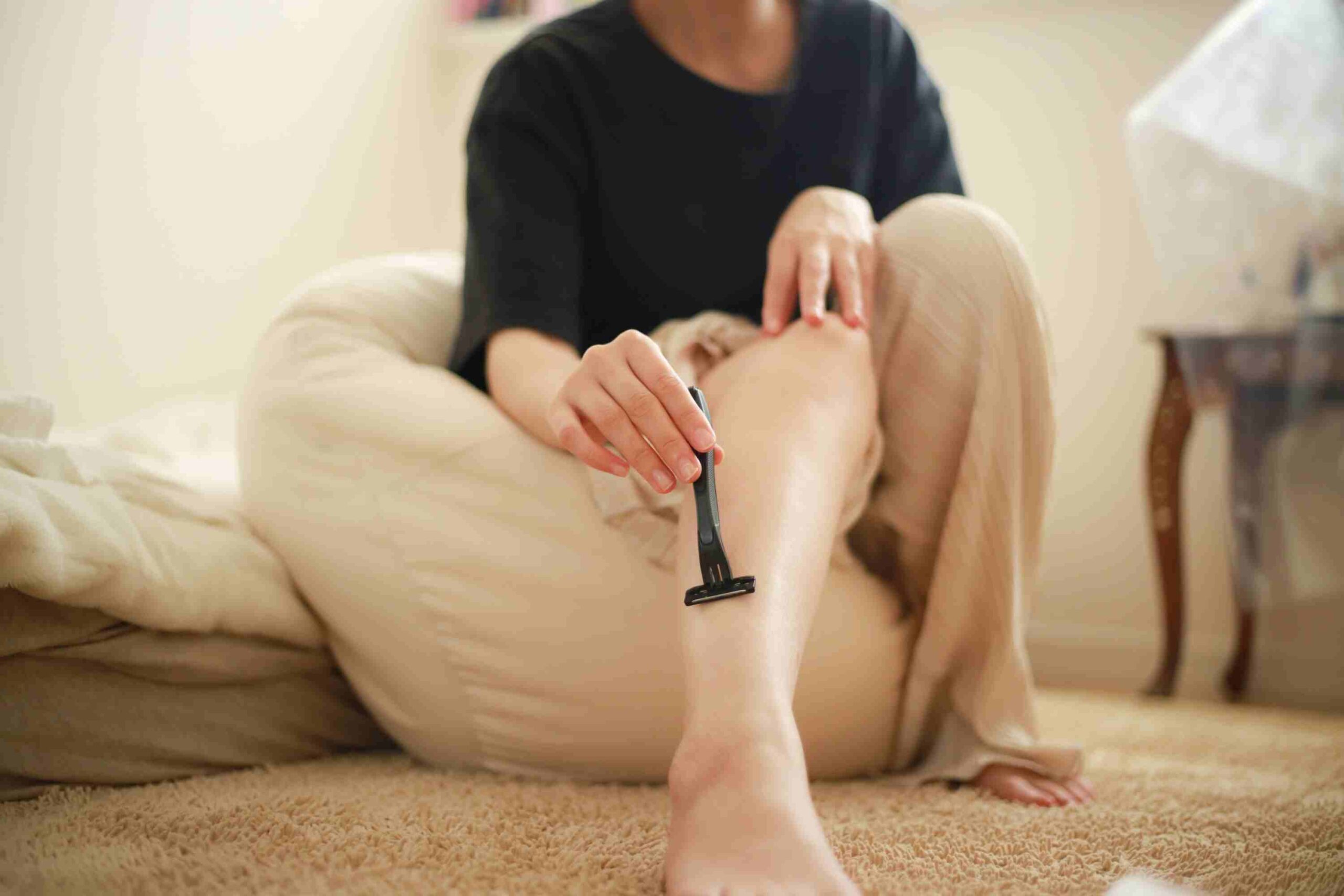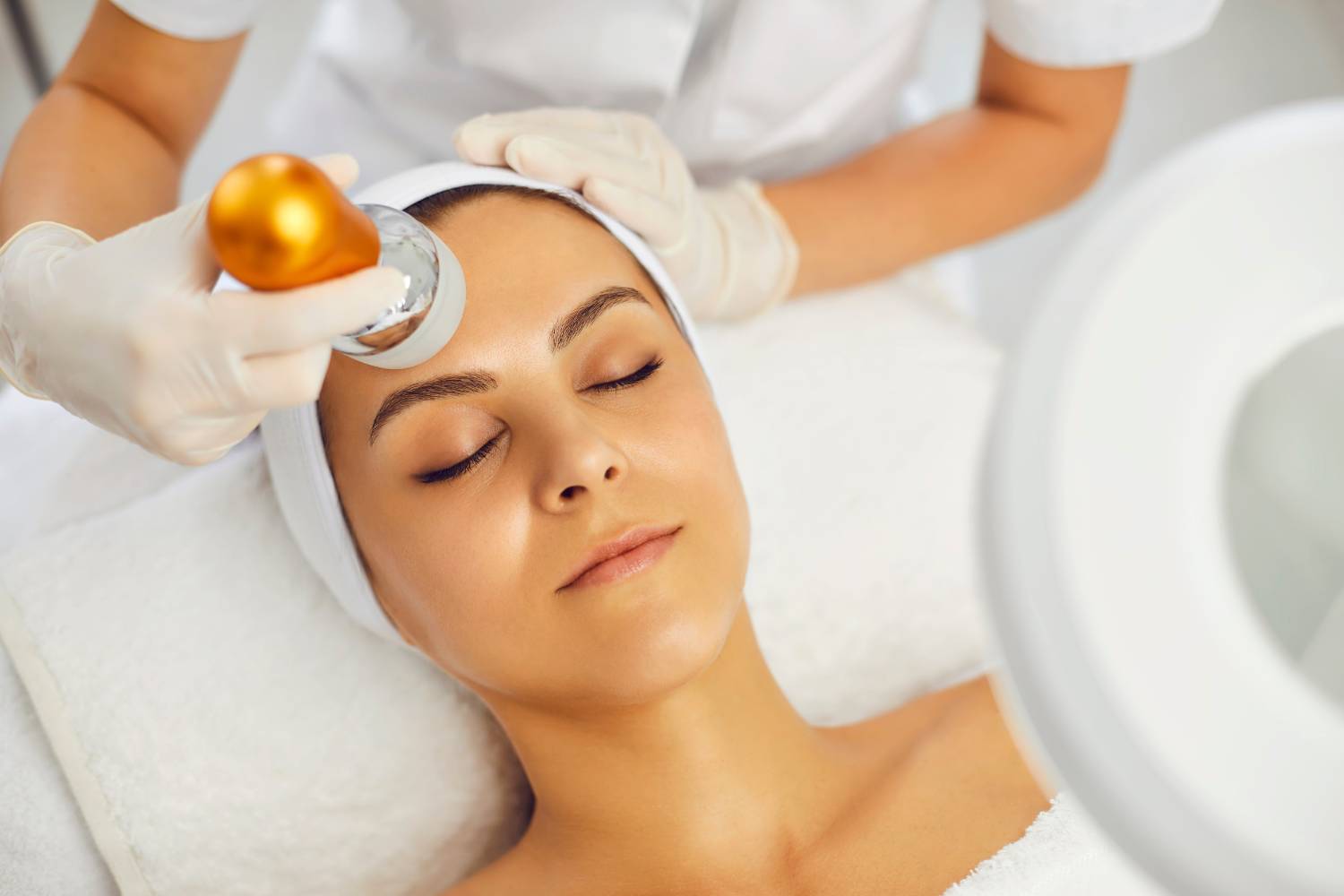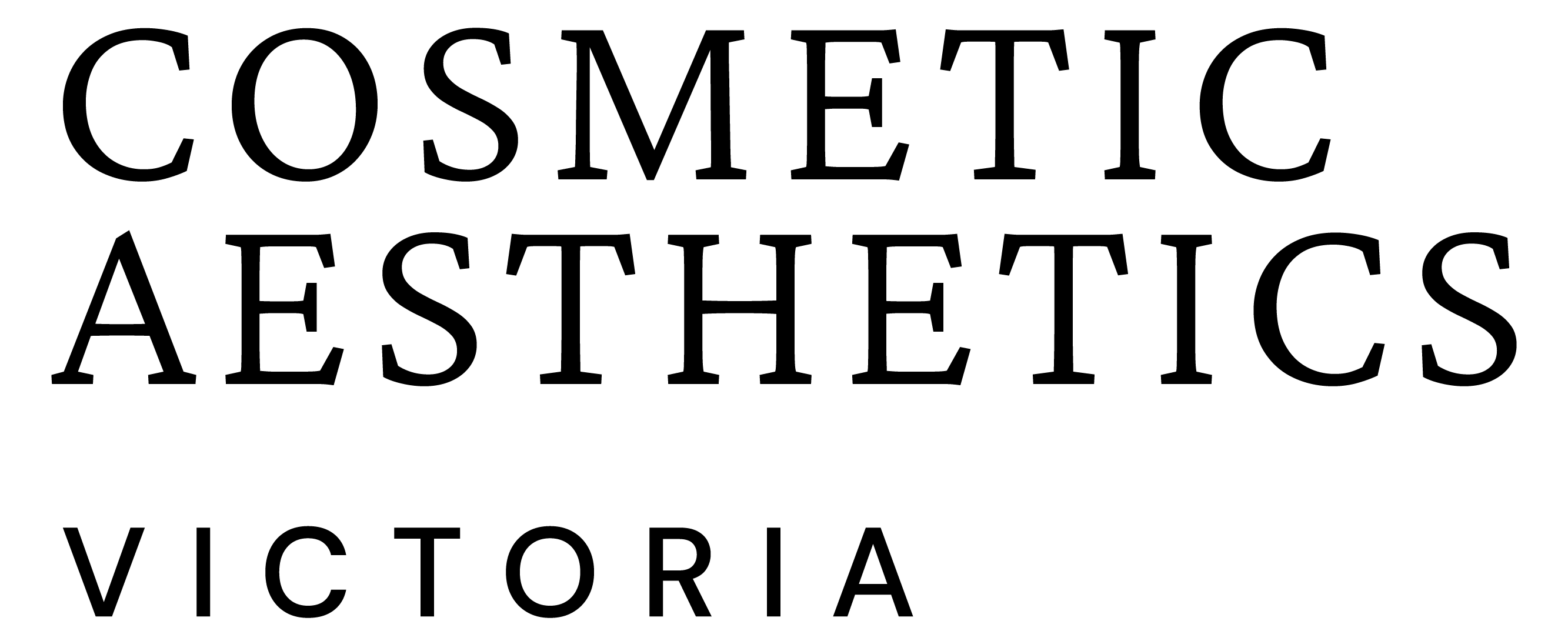
Why You Shouldn’t Shave Between Laser Hair Removal Sessions
If you’ve ever started your journey with laser hair removal, you’ve probably found yourself wondering about the do’s and don’ts between treatments. One of the most common questions I get asked by my clients is whether it’s okay to shave between sessions. It’s a fair question, especially when you’re trying to make the most out of your treatments and ensure you’re getting the best results possible. After all, shaving, waxing, and plucking all seem to be in the same realm of “hair removal,” right?
Having been through the process myself and guided countless others, I can tell you this: shaving is generally not only allowed but often recommended between laser hair removal sessions. But like anything else, it comes down to knowing the right timing, techniques, and understanding how it all works. In this post, I’ll walk you through why shaving is usually your best bet, how to do it the right way, and the important tips you need to keep your skin and treatments on track. Let’s clear up the confusion together!
Why Shaving Is Recommended Between Laser Hair Removal Sessions?
When it comes to preparing for your laser hair removal sessions, one of the most common questions I get asked is whether shaving between treatments is okay. The short answer? Yes, it’s not only okay, it’s usually the preferred method. But let me explain why shaving works so well with laser hair removal and why it’s the go-to choice between sessions.
Maintaining The Laser’s Target: The Hair Follicle
A few years ago, I had a client come in who was a little hesitant about shaving between laser sessions. She had heard conflicting advice and wasn’t sure if it would affect her results. So, I sat down with her and explained how laser hair removal works. It’s all about the follicle—the laser targets the pigment (melanin) in the hair follicle to disrupt the hair’s growth cycle. The laser doesn’t need the visible hair to do its job; it’s really after that follicle beneath the skin’s surface.
Shaving only removes the hair at the surface, leaving the follicle intact. This means that the next time you come in for a session, the laser can target the follicle effectively, without any interruptions. So, even if the visible hair seems to grow back, it doesn’t impact the laser’s ability to reduce hair growth.
Shaving Vs. Waxing: Why Shaving Is Preferred
Here’s where shaving really shines over other hair removal methods. You see, waxing and plucking remove the entire hair, including the root and the follicle. And that’s a problem for laser treatments. The laser relies on the presence of a hair follicle to target and disable future hair growth. Without that follicle, which is removed by waxing or plucking, the laser has no target to focus on.
For example, I’ve had clients who thought waxing between sessions would give them a smoother look, but in reality, they were unintentionally sabotaging their results. The laser simply couldn’t do its job as effectively because there was no follicle left to target. That’s why shaving is recommended—it leaves the follicle intact and ensures the laser can keep working as it should.
Keeping Hair Short For Comfort During Treatment
Another reason shaving is recommended is for comfort during your treatment. Imagine having longer hair on your skin when the laser hits it. The longer hairs can absorb more of the laser energy, which can result in more discomfort during the session. Shorter hair, on the other hand, allows the laser to focus on the follicle with minimal discomfort.
In my experience, clients who shave before their sessions tend to have a more comfortable treatment, with less of that burning or prickling sensation that can happen if the hair is too long. I always tell my clients, a little stubble is your best friend!
When Is Shaving Not Recommended Between Sessions?
While shaving is generally the best option, there are specific circumstances where you should hold off for a bit. It’s not a free pass to shave whenever you feel like it. Timing and technique matter, so let’s look at when you should be extra careful.
Immediately After A Laser Treatment: Why You Should Wait
After your laser session, your skin will likely be a little sensitive. You may experience some redness, swelling, or mild irritation—this is normal and typically fades within a few hours to a couple of days. During this time, your skin needs to rest and recover. Shaving immediately after the treatment can irritate the freshly treated skin, increasing the risk of inflammation or even infection.
In my practice, I always advise clients to wait at least 48 hours (sometimes even longer, depending on skin sensitivity) before shaving after a session. For some, this might feel like a bit of a wait, but trust me, it’s worth it to give your skin the time it needs to heal properly. I always suggest a gentle shower and soothing moisturisers to keep the skin calm in the first couple of days.
Skin Sensitivity And Shaving Technique
Here’s a crucial point: the sensitivity of your skin post-treatment means that improper shaving techniques could lead to more harm than good. I’ve seen it happen—someone rushes into shaving too soon after their session, using a dull razor, and the result is razor burn, bumps, and irritation. Shaving with too much pressure or against the grain can be a recipe for disaster, especially on the sensitive skin right after a laser treatment.
I always recommend using a sharp razor, shaving in the direction of hair growth, and applying a moisturising shaving cream or gel to keep everything smooth and hydrated. Also, don’t forget to replace your razor blade regularly—this may seem like a small detail, but it can make all the difference between a smooth shave and an irritated one.
Shaving Too Close To Your Next Session: Timing Matters
Timing is everything, even when it comes to shaving. I’ve had clients ask if they can shave the day before their next laser session, and while it’s generally fine to shave up to 24-48 hours before, it’s important to keep a few things in mind. Shaving too close to the session—like the morning of—can leave the skin too sensitive, which may result in discomfort during the treatment.
I always suggest shaving the day or evening before your session. This gives the hair enough time to regrow slightly, so the laser can target it more effectively without being interrupted by long hairs that could absorb too much energy.

The Impact Of Shaving On The Hair Growth Cycle And Laser Effectiveness
Now that we’ve covered why shaving is mostly allowed and preferred, let’s dive into a more common concern: Does shaving really affect the effectiveness of laser hair removal?
How Laser Hair Removal Targets The Growth Cycle?
Laser hair removal works by targeting hair follicles in the active growth phase (anagen). Not every hair is in the same phase at the same time, which is why multiple sessions are needed to effectively target the hair during different stages of the cycle. Shaving doesn’t impact the growth cycle itself; it simply removes the visible hair, leaving the follicle untouched for the laser to target during the next session.
Imagine this: you’re planting seeds in a garden. The laser is like a gardener, focusing on certain seeds (hair follicles) during their growth cycle. Shaving is like trimming the grass on top—it doesn’t affect the seeds below. As long as the follicle is intact, the laser can continue its work.
Myths Vs. Facts: Does Shaving Affect Laser Hair Reduction?
One of the biggest myths I’ve come across is that shaving can cause hair to grow back thicker or stronger. This is simply untrue. In fact, research has shown that shaving doesn’t affect the hair’s growth cycle or density. It’s just a surface-level trim, leaving the follicle and root intact.
In my personal experience, clients who shave between sessions have seen excellent results with minimal regrowth. I always assure them that shaving is not going to “feed” the hair follicle or make it grow back faster. That’s an old myth that simply won’t hold up under scrutiny.
Proper Shaving Techniques Between Laser Hair Removal Sessions
We’ve covered why shaving is typically fine between sessions, but the real key to success lies in how you shave. Shaving itself can lead to irritation, razor burn, and ingrown hairs if not done properly, especially with post-treatment skin sensitivity. Let’s go over the best practices for keeping things smooth and avoiding any mishaps.
How To Shave Safely And Effectively Between Sessions?
In my years of helping clients with laser hair removal, I’ve found that the technique you use to shave between sessions can make or break your experience. The key is to be gentle and mindful of your skin’s condition. Here’s what I always tell my clients:
- Use a Sharp Razor – Dull blades are a big no-no! They tend to drag on the skin, causing irritation and cuts. I recommend investing in a good-quality razor and replacing the blade regularly to ensure a clean, smooth shave.
- Shave After a Warm Shower – Your skin and hair are softer after a warm shower, making it easier to shave without irritating the skin. I always suggest shaving at the end of your shower, right after the pores are opened up from the warm water.
- Shave in the Direction of Hair Growth – This is crucial. Shaving against the grain can cause razor burn and ingrown hairs, especially with sensitive skin after laser. Shaving with the grain ensures a smoother shave and less irritation.
- Take Your Time – There’s no rush when shaving. Gently glide the razor over your skin, applying light pressure. This way, you avoid nicking the skin or pressing too hard, which can cause ingrown hairs or cuts.
- Hydrate Your Skin – Always use a moisturising shaving cream or gel to provide a smooth glide and to keep your skin hydrated. After shaving, rinse your skin with cool water to close the pores, and apply a fragrance-free moisturiser to lock in moisture.
By following these simple steps, you’ll keep your skin happy and healthy while preventing irritation, especially when your skin is a bit more sensitive from the laser.
Products To Use (And Avoid) When Shaving Post-Laser
Shaving isn’t just about technique; the products you use play a massive role in preventing irritation. I’ve worked with countless clients who swear by certain products to keep their skin feeling soft and smooth between sessions. Here’s what I recommend:
- Shaving Cream or Gel with Moisturising Ingredients – Look for shaving products that contain aloe vera, glycerin, or shea butter. These ingredients hydrate the skin, preventing dryness and irritation. Avoid anything with alcohol, as it can strip the skin and cause dryness or a stinging sensation.
- Fragrance-Free Products – If you’ve just had a laser session, your skin will be more sensitive. Fragrances can cause irritation, so it’s best to opt for fragrance-free shaving creams, gels, or soaps.
- Aftercare Creams with Aloe Vera – After shaving, applying an aloe vera gel or a fragrance-free moisturiser can help soothe and calm the skin. Aloe is especially great because it cools the skin and helps reduce redness or irritation after shaving.
There are plenty of products out there, but choosing gentle, moisturising options will help your skin recover and stay smooth, especially after laser hair removal.
Minimising Skin Irritation And Ingrown Hairs
Shaving after laser hair removal can lead to ingrown hairs if you’re not careful. I’ve had a few clients ask about how to prevent this, especially since their skin is more sensitive after the treatments. Here are a few things I always advise:
- Exfoliate Gently – Exfoliating 4-5 days after your laser treatment (when your skin is less sensitive) can help remove dead skin cells that can trap hairs, causing them to grow back under the skin. I recommend a gentle exfoliant, like a soft body scrub or a chemical exfoliator with lactic acid. Avoid anything too harsh or abrasive.
- Use an Ingrown Hair Treatment – If you’re prone to ingrown hairs, applying an ingrown hair serum or lotion can help keep things under control. These products are designed to prevent hair from growing back beneath the skin.
- Avoid Tight Clothing – Tight clothing can increase friction on your skin, leading to irritation or ingrown hairs. When possible, opt for loose-fitting clothes that allow your skin to breathe.
Taking these simple steps will ensure you don’t get any unwanted irritation or ingrown hairs, and your skin remains smooth and healthy between sessions.

Laser Hair Removal Aftercare Tips: How To Maximise Your Results?
Aftercare is just as important as the treatment itself, and getting it right can make all the difference when it comes to your results. This is when you’ll ensure that the laser has done its job and that you’re setting yourself up for the best possible outcome.
Avoid Shaving For A Few Days After Treatment
While shaving is great between sessions, immediately after your treatment, you’ll want to give your skin some time to breathe. Right after your laser session, the skin can be a little red, swollen, or even slightly irritated. Shaving during this time can aggravate the skin and possibly increase the risk of infection.
My rule of thumb? Wait at least 48 hours before shaving again. Let the skin cool down, and give it a chance to calm down after the treatment. If you absolutely must, be gentle and use a moisturising cream to ease the process. But, honestly, it’s better to give your skin a couple of days to recover.
How To Prepare For Your Next Laser Hair Removal Session?
Preparation is key for getting the most out of your laser hair removal sessions. While laser hair removal is a relatively low-maintenance procedure, following some simple pre-treatment instructions can help enhance the effectiveness of your treatments.
- Shave Before Your Appointment – As we’ve discussed, shaving is usually recommended before your next session. Aim to shave 24-48 hours before your session to keep the hair at just the right length (about 1-2mm stubble). This ensures that the laser can focus on the follicle without being interfered with by longer hairs.
- Avoid Sun Exposure – Sunburned or tanned skin can increase your risk of side effects from laser treatments. It’s best to avoid direct sun exposure for at least a week before your appointment. If you’ve been out in the sun, wait until your tan fades before scheduling a session.
- Don’t Wax or Pluck – Remember, waxing and plucking remove the hair follicle, which is what the laser targets. So, stick to shaving in the weeks leading up to your session, and avoid other hair removal methods.
Maintaining Your Results Between Sessions
After the initial series of laser treatments, you’ll need to follow up with maintenance sessions. But you can also do a lot to maintain your results between those sessions.
- Shave Between Sessions – As long as you’re using proper shaving techniques, keep shaving to manage regrowth between treatments. This helps you stay comfortable and ensures the laser has something to target during your next session.
- Use Sunscreen – Your skin will be more sensitive after laser hair removal, so using a high-SPF sunscreen is a must. Protect your skin from the sun’s harmful rays to avoid pigmentation or irritation.
- Stay Hydrated and Moisturised – Keep your skin well-hydrated and moisturised, especially in the days following your treatment. This helps with healing and keeps your skin feeling fresh and smooth.
Shaving Vs Waxing Between Laser Sessions: Which Is Better For Your Treatment?
Many clients often ask if they can continue with waxing between laser sessions, or if shaving is their only option. Let me tell you, while waxing is a popular hair removal method, it’s not the best companion to laser hair removal treatments.
Why Should Waxing Be Avoided Between Sessions?
Waxing may seem like an appealing option because it pulls the hair out from the root, leaving the skin smoother for a longer period. However, when you’re undergoing laser hair removal, waxing between sessions can actually interfere with your treatment’s effectiveness. This is because laser hair removal relies on targeting the pigment in the hair follicle. When you wax, you remove the hair and the follicle, leaving no target for the laser to focus on during the next session.
I had one client who tried waxing in between sessions because she thought it would give her a cleaner look, but she found that after several treatments, the laser wasn’t as effective. The reason? By waxing, she essentially removed the hair and follicle, which meant the laser had less to work with. This ultimately prolonged her treatment process and caused frustration.
The Role Of Shaving In Preventing Hair Regrowth Between Sessions
Shaving, on the other hand, is a much better choice. It only cuts the hair at the surface, leaving the follicle intact. This allows the laser to continue working on the hair follicle and reduces the chances of hair regrowth between treatments. By keeping the hair at a manageable length with shaving, you also ensure that the laser targets the follicle during your next treatment, improving the overall effectiveness.
I’ve always advised clients who are in between laser sessions to shave rather than wax. It not only makes the next session smoother and more effective, but it also avoids unnecessary delays in the overall process. So, if you want the best results from your laser hair removal, stick with shaving and leave the waxing to other treatments.
Best Practices For Shaving And Laser Hair Removal
Now that we’ve covered the ins and outs of shaving between laser hair removal sessions, let’s go over the most important points to remember. The goal is to ensure you’re shaving in a way that supports your treatment while keeping your skin healthy and irritation-free.
How To Shave Between Sessions Without Affecting Results
- Shave 24-48 hours before your session. This ensures the hair is short enough for the laser to target the follicle effectively.
- Use a sharp, single-blade razor. A sharp razor reduces irritation and prevents cuts or razor burn.
- Shave with the grain. Always shave in the direction of hair growth to avoid irritating the skin and causing ingrown hairs.
- Moisturise afterwards. After shaving, apply a fragrance-free moisturiser or aloe vera gel to calm your skin.
- Avoid shaving immediately after treatment. Give your skin time to heal and avoid shaving if it’s red or swollen.
The Dos And Don’ts Of Hair Removal Between Laser Treatments
Do:
- Shave between sessions to keep the hair follicle intact for the laser.
- Use proper shaving techniques to minimise skin irritation.
- Wait 48 hours or longer after your laser session before shaving to allow your skin to recover.
Don’t:
- Wax or pluck, as these methods remove the hair follicle, making the laser treatment ineffective.
- Shave right after a session when your skin is sensitive or swollen.
- Use harsh shaving products or techniques that could damage your sensitive skin.
Shaving between laser hair removal sessions is generally recommended and won’t interfere with your results. In fact, it’s one of the best ways to manage hair regrowth while keeping your skin healthy and minimising discomfort. As long as you avoid waxing or plucking and follow the proper shaving techniques, you’re on the right track for effective laser hair removal.

